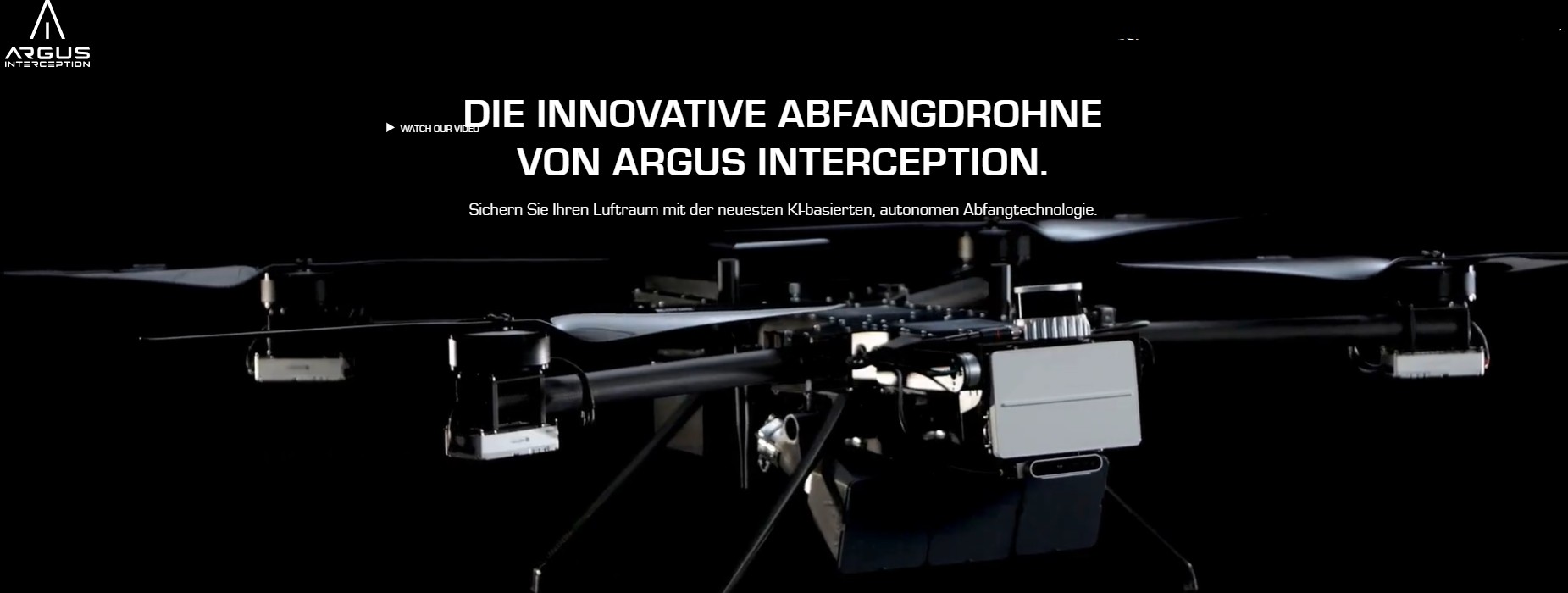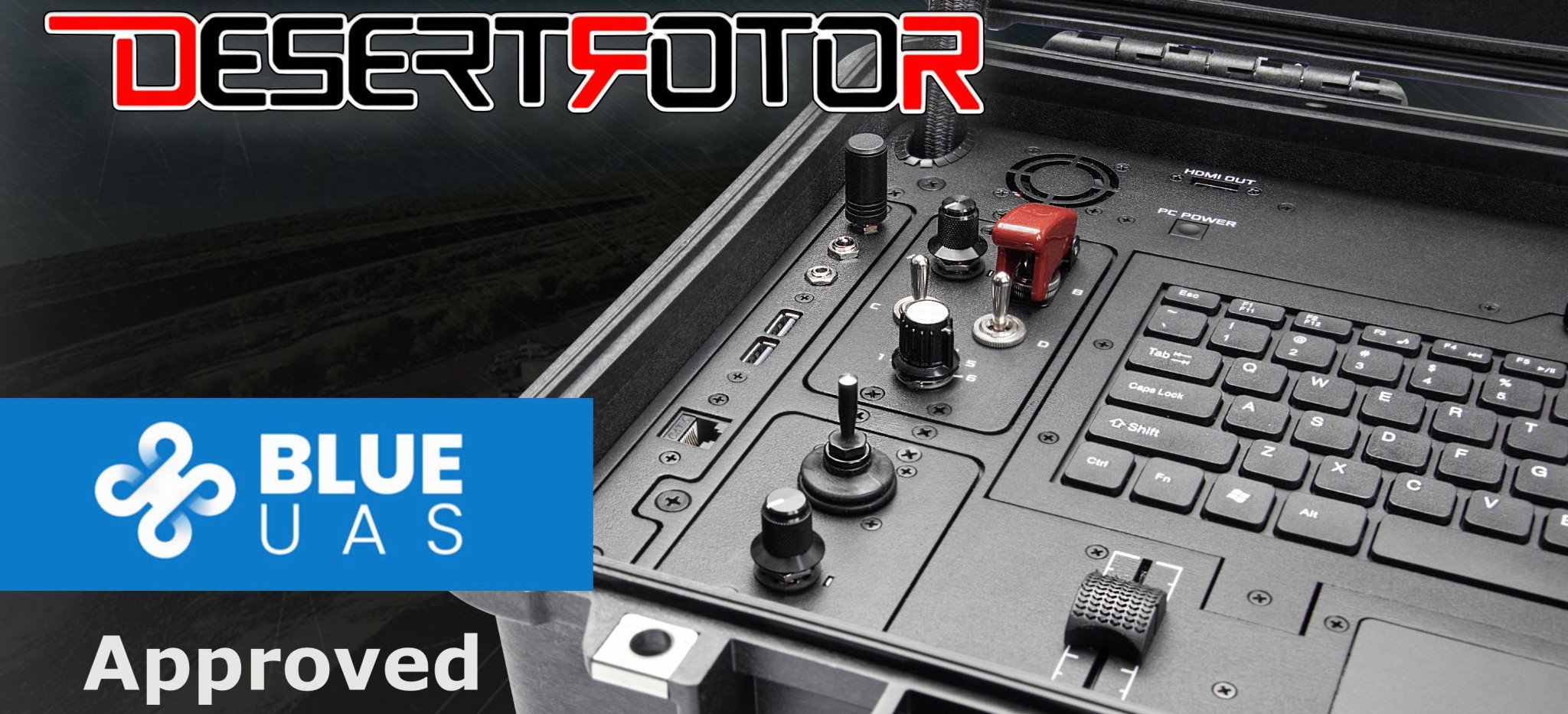ParaZero’s - Drones That Save Lives From the Sky
.png)
Drones have come a long way from their early days as hobbyist gadgets and military tools. Today, they're rewriting the rules of how we deliver, inspect, monitor, and now—save lives. A recent breakthrough by drone safety tech company ParaZero is proving just how powerful these flying machines can be in times of crisis.
In a development that blends cutting-edge safety engineering with real-world humanitarian impact, ParaZero has introduced an air-drop enabled parachute system that allows drones to safely deliver blood units and emergency medical supplies to areas where traditional methods fall short. The idea is simple but powerful: let drones fly over rough terrain or war zones and release lifesaving cargo gently and precisely—even in unstable conditions.
But this isn’t just another “cool tech” moment. This is innovation in action, designed to tackle one of the most critical bottlenecks in emergency response: getting the right supplies to the right place, fast—and without putting human responders at risk.
What’s New About ParaZero’s Approach?
At the heart of this effort is ParaZero’s SafeAir Parachute System, already well-known in the drone industry for providing in-flight safety and fall protection. But the latest evolution of this technology goes beyond saving the drone—it’s now actively saving lives.
Traditionally, drones can be risky in emergency scenarios. What if the drone crashes mid-air with fragile medical cargo onboard? What if strong winds or poor GPS signals throw off the delivery? These aren't just technical concerns—they’re life-or-death variables when someone is waiting on the other end for a bag of blood or a dose of insulin.
ParaZero’s system solves that by giving the drone a second chance. If something goes wrong—or if the drone needs to release its cargo mid-air—it does so via a controlled parachute drop. This ensures that blood bags, defibrillators, or medication kits land softly, protected from damage, and ready for immediate use.
That’s a major leap for emergency medicine, especially in regions where infrastructure is damaged, underdeveloped, or under attack.
Where It’s Already Making an Impact
While many companies talk about innovation in future terms, ParaZero’s system is already being used on the ground—or, rather, above it.
In several field deployments (the company remains tight-lipped about exact locations for safety and privacy reasons), the air-drop technology has been used to deliver blood units to remote field hospitals and mobile trauma teams. In one notable trial, drones equipped with the SafeAir system were able to navigate over mountainous terrain, drop their medical cargo with precision, and fly back autonomously.
Emergency responders reported the blood packs arriving in perfect condition—cooled, intact, and usable within minutes. That’s a massive win in situations where helicopter access is limited, ambulances take hours, or roads are destroyed by conflict or disaster.
In humanitarian contexts, the ability to send unmanned aerial vehicles into active conflict zones or natural disaster areas without risking pilots or medics is nothing short of revolutionary.
The Broader Picture: Humanitarian Drones Take Off
This isn’t the first time drones have entered the world of emergency response. Companies like Zipline have made headlines for years with their high-speed fixed-wing drones dropping medical supplies across Africa. But ParaZero’s system brings something new to the table: an added layer of safety and precision.
Unlike fixed-wing drones that require large landing areas or expensive catapult systems, ParaZero-equipped multicopters can hover, stabilize, and drop cargo gently into compact areas—even courtyards, rooftops, or forest clearings. The parachute system kicks in to ensure that even if the drop happens from higher altitudes, the cargo won’t be ruined on impact.
This opens up a wide range of possible applications:
- Disaster zones after earthquakes, floods, or hurricanes
- Battlefield trauma response
- Delivery of vaccines and temperature-sensitive medications
- Supply of food or water to stranded populations
In all these cases, time is critical, and ParaZero’s tech helps cut through the noise (and the bureaucracy) to get aid where it’s needed most.
What This Means for the Drone Industry
From a tech perspective, this is another example of how drone capabilities are rapidly evolving beyond surveillance or photography. For investors, regulators, and drone manufacturers, ParaZero’s success signals a clear demand for safer, more reliable drone systems tailored to real-world, high-stakes use cases.
And the commercial implications are just beginning. As more regions adopt drone-based logistics, governments and NGOs will increasingly require fail-safe systems like SafeAir to ensure compliance, public trust, and cargo protection. ParaZero is well-positioned to lead in that space.
Moreover, the company is reportedly in discussions with national healthcare systems, defense forces, and major logistics partners, expanding the reach of their parachute drop technology into new verticals.
A Sky Full of Possibility
It’s easy to get jaded with the pace of tech news—yet another drone, another system, another flashy promise. But ParaZero’s latest innovation feels different. It’s not about future dreams—it’s about today’s solutions.
In a world where every second counts, and every life matters, the sky is becoming more than a space for flight—it’s a lifeline. And with the help of smart engineering, thoughtful design, and a commitment to safety, drones like these might just become the next great tool of compassion.
ParaZero’s parachute isn’t just saving drones—it’s delivering hope.

.jpg)

.png)


